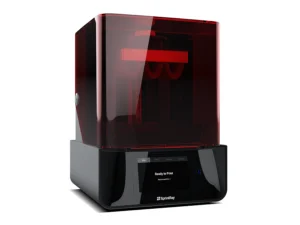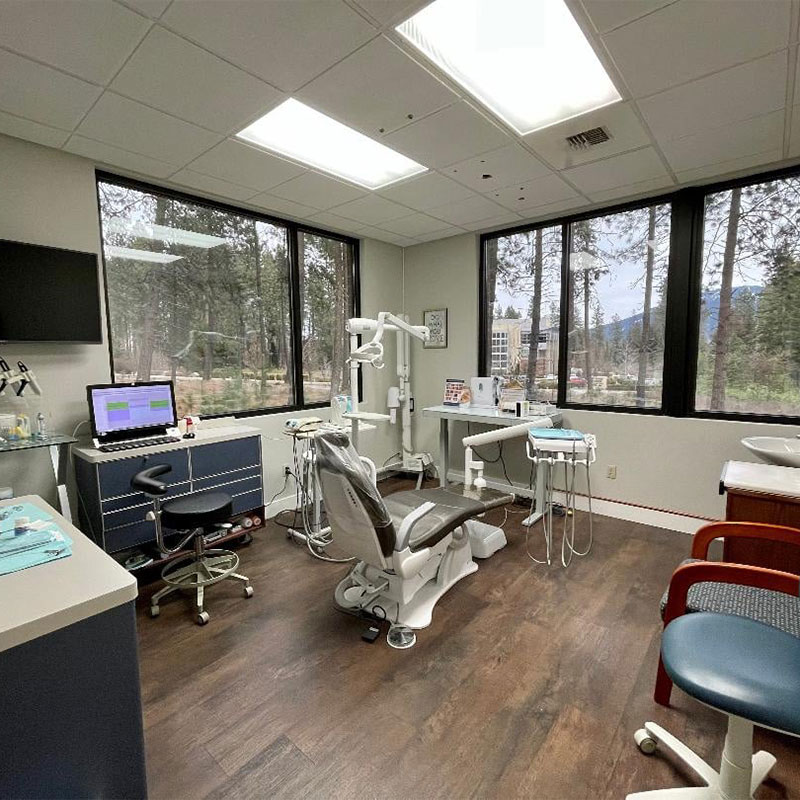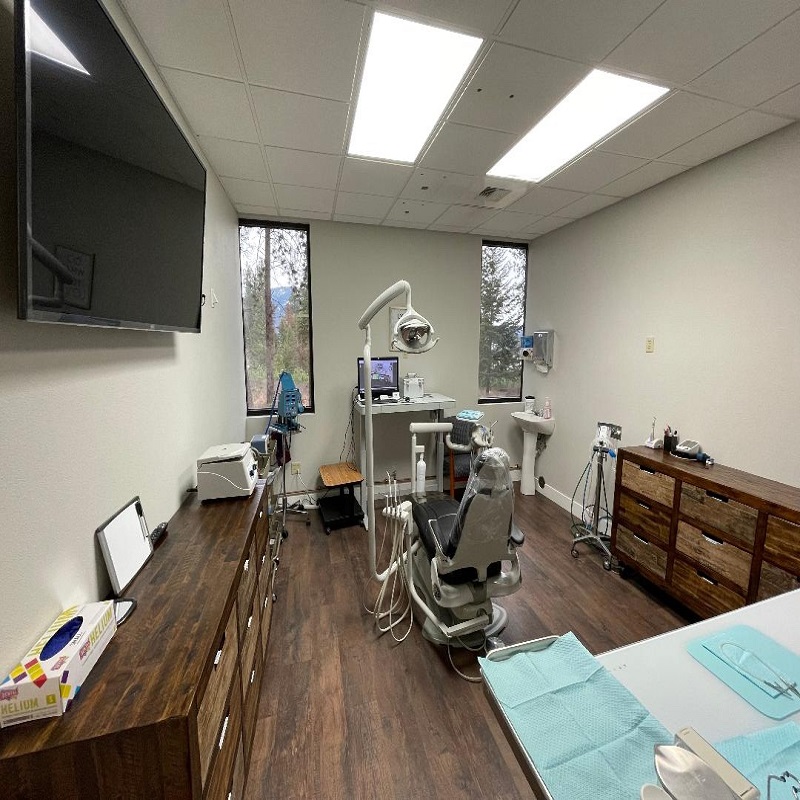3D Printing

3D dental printing, also known as additive manufacturing in dentistry, involves the use of 3D printing technology to produce dental devices, prosthetics, and structures. This innovative approach has revolutionized the field of dentistry by enabling the customization and rapid production of dental components with high precision and accuracy.
Here are some key aspects of 3D dental printing:
1. Customization: 3D printing allows for the creation of highly customized dental devices such as crowns, bridges, and dental implants that are tailored to the specific anatomical features of individual patients.
2. Rapid Prototyping: Dentists and dental laboratories can use 3D printing to quickly create prototypes of dental structures, enabling them to assess the fit and function before final production.
3. Material Variety: 3D printers can work with a range of materials suitable for dental applications, including various types of resins, ceramics, and metals, allowing for the production of diverse dental products.
4. Digital Workflow: 3D dental printing is often integrated with digital scanning and design technologies, creating a seamless digital workflow that enhances efficiency and accuracy in the production of dental components.
5. Cost-Effectiveness: While the initial investment in 3D printing equipment and materials can be significant, the technology can ultimately lead to cost savings by streamlining production processes and reducing the need for manual labor.
Applications of 3D dental printing include the fabrication of dental models, surgical guides, orthodontic devices, and even temporary crowns and bridges.
Overall, 3D dental printing has significantly impacted the dental industry by offering new possibilities for customization, precision, and efficiency in the production of dental prosthetics and devices.
Which Implant Solution is Ideal for You?




